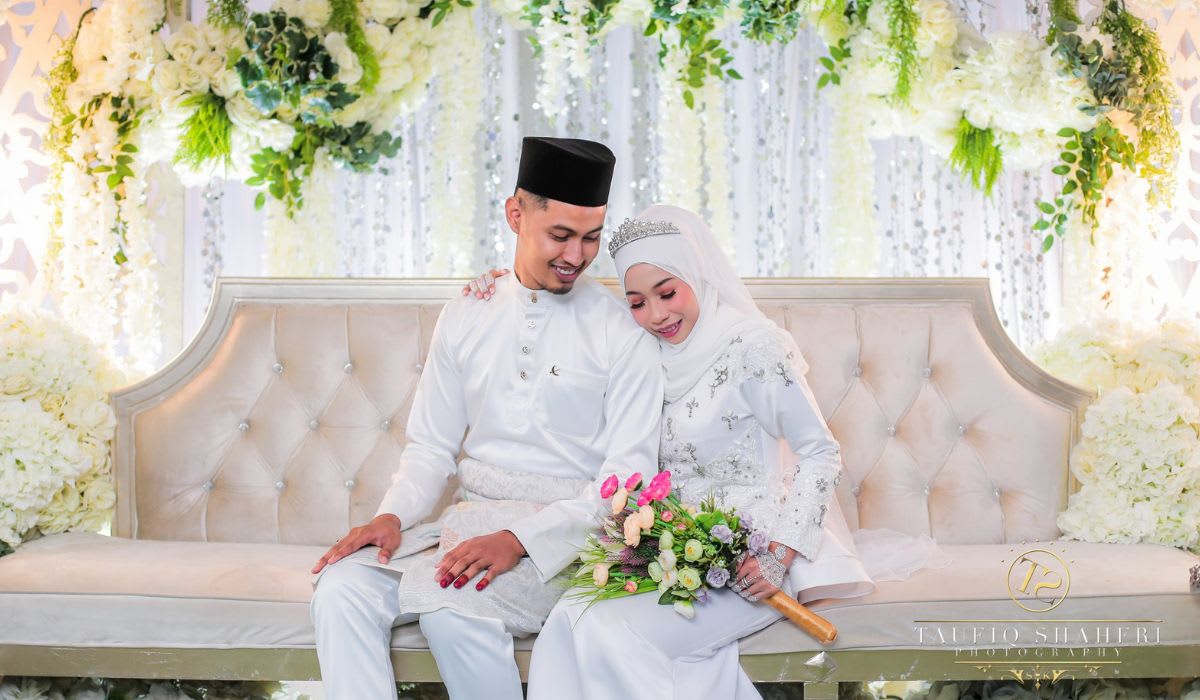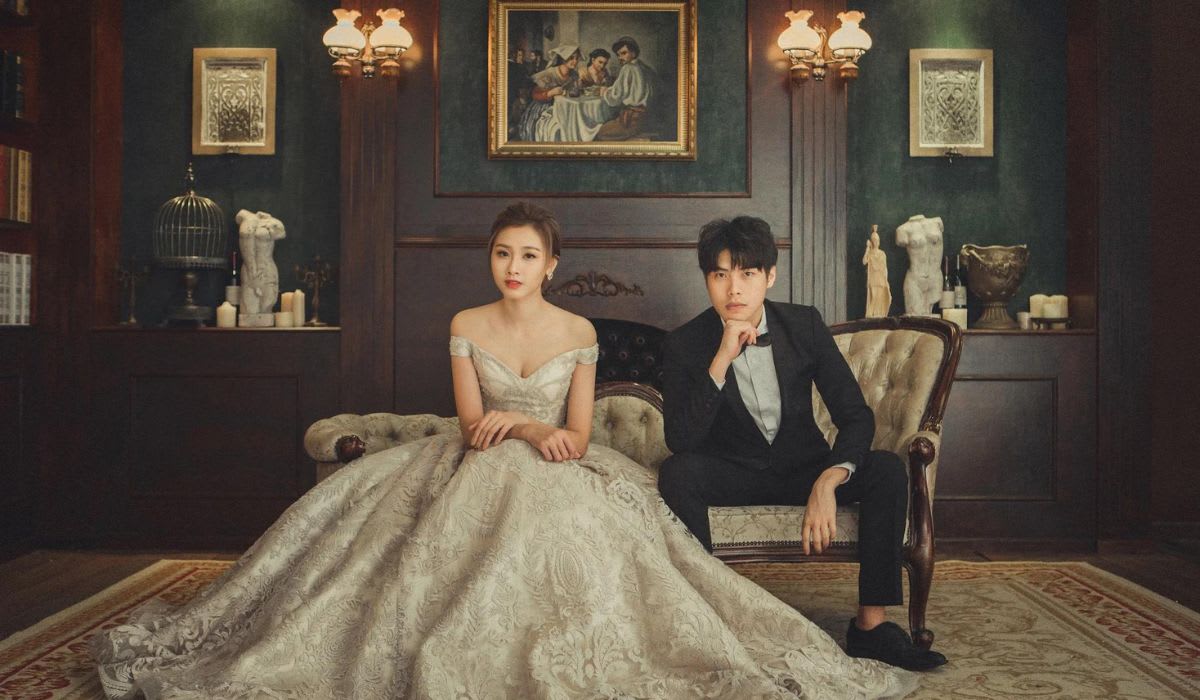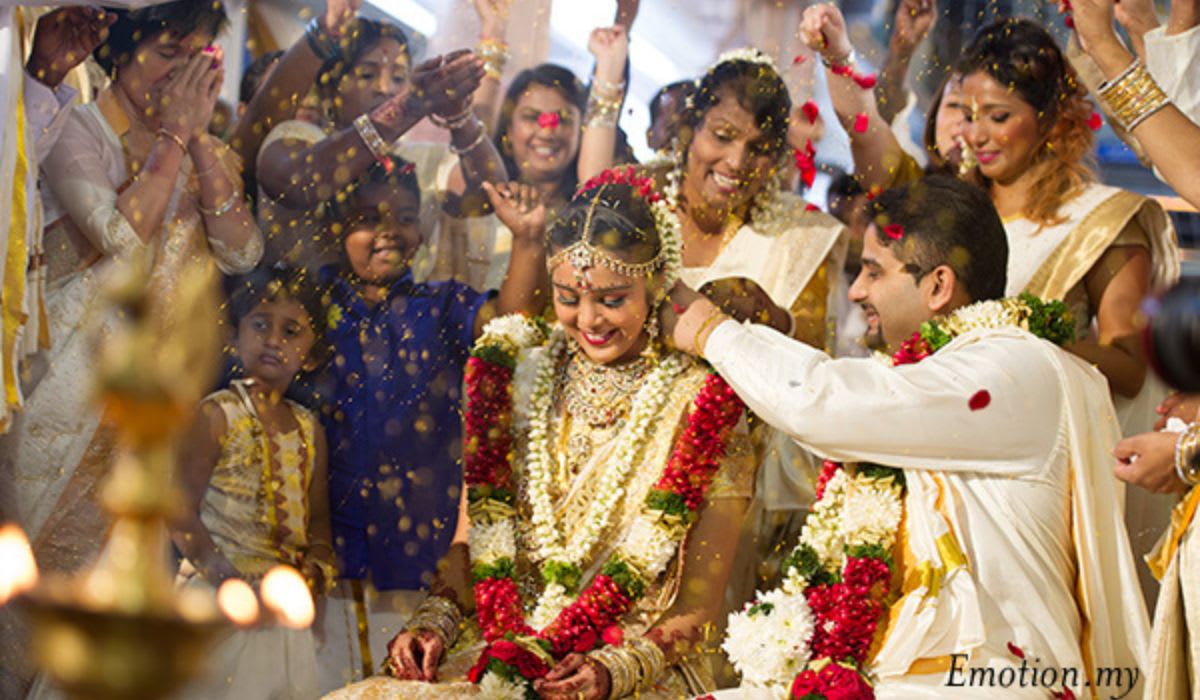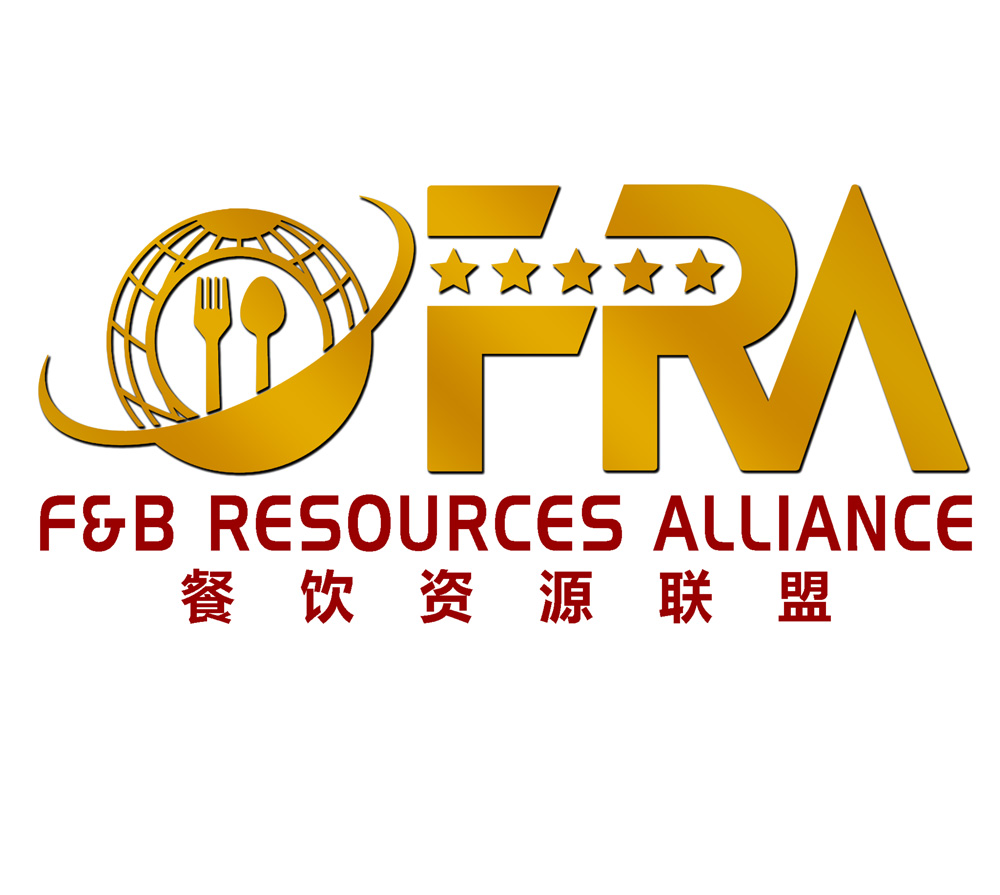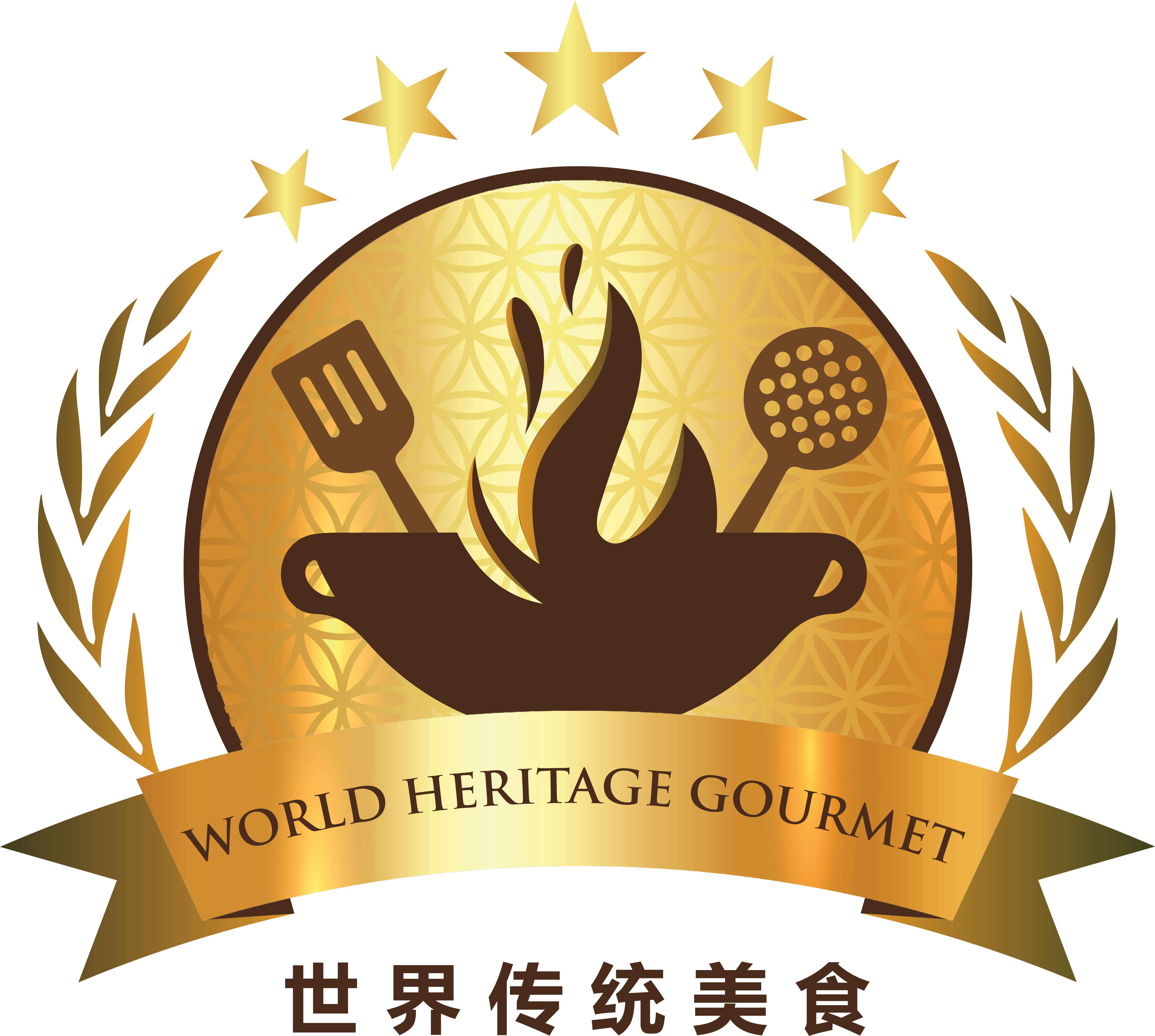Indian Marriage
The Indian community is the third largest ethnic group in Malaysia and also one of the races that has contributed towards the formation of a pluralistic society in our country. Like other societies, the Indian society is also rich in its cultural characteristics and still maintains that culture until now. The customs practiced by the Indian community have many similarities with the culture of the Malay community. This is clearly seen in the aspects of birth and marriage. Like other societies, the Indian society consists of various tribes, therefore the following information only displays the customs of the Indian society in general.
Spying :Several aspects need to be paid attention to such as ethnic, sub-ethnic, caste and religious factors. In addition, other factors such as economic status and social status include aspects such as age, education level, type of job, ethics and morals, appearance and family background are also taken into account.
Visit to the Bride's House :This custom is done after the spying custom is done. The groom-to-be will visit the bride-to-be to see for himself the appearance and stature of his future wife. This custom is known as pen paarttal or in Malay it is called seeing a future wife. At that time, the male representatives had to come in an odd number even though the number was large.
Handicrafts such as coconuts, betel nuts, areca nuts, sandalwood, fruits, sounds and kumkum powder will be brought. These items are brought as a sign of their arrival for good intentions and to strengthen family ties. The woman will receive the delivery if she agrees. Otherwise, they only serve people who come as guests and cannot take the items.
Promise Or Niccayam :Done after getting the consent of both parties. The male representative will come to the female's house in an odd number, bringing several items such as coconuts, betel nuts, flowers, fruits, sandalwood and kumkum to be given to the female representative. consent to marry the bride-to-be. Then the marriage will be announced to the public. As a sign of bond, both brides and grooms will exchange betel nuts called taambuulan marrutal.
Parisam:The custom of parisam is divided into two, namely ordinary parisam or udan parisam
Normal Parisam is the giving of gifts that is carried out earlier than the wedding day, while Udan Parisa is the giving of gifts that is done on the same day in the morning before the wedding takes place. In Indian society, parisam is like an engagement ceremony. The custom of giving parisam will be held on a day that has been agreed upon by both parties. The groom will prepare several types of delivery in odd numbers. This delivery has to be prepared by married women only and they are called cumanggali. Parisam will be taken to the bride's house led by the groom-to-be wearing traditional Indian clothing. At the same time traditional musical instruments like naatasawaram and meelam are played. The women will prepare a pot known as puurana kumbum which is placed in the living room. An oil lamp called as kuttu vilakku is placed next to the puurana kumbum as a sign of god's grace.
To start the custom, the prayer ceremony will be done first. Then the bride's father will bring a parisam containing sari and give it to his son. At the same time the bride writes something using turmeric to ask for blessings from the gods. After that, the men and other guests can see the puurana kumbu more closely. On that day, the bride-to-be wears a sari parisam and is led out by another woman into the living room. At this time several relatives may place a wreath on the bride-to-be. This is known as orrai-maalai or single garland. The attendant will give invitation cards to both parties of the bride and groom. Three important ceremonies are visiting the bride's house (pen paartal), the custom of betrothal (niccayam) and giving gifts.
Invitation card:Invitation cards play an important role in Indian weddings. This invitation card is based on the Hindu almanac. If there is a mistake, it means that the marriage cannot be carried out smoothly. The printed invitation card is smeared with liquid turmeric powder as a symbol of harmony. A few pieces of invitation cards in an odd number will be brought together to the temple to be brought to pray (arccanai). Cards are placed on a tray with betel nuts, ringgit money, coconuts, betel nuts and so on as a symbol of wealth. This ceremony is called paanam paaku. Then the tray will be taken to the bride's house to be given to the groom and vice versa. At the same time betel nut will be given as a sign of official wedding invitation.
Preparation of Thaali (Tjrumaanggalyam) :It is a sacred symbol of marriage that is placed around the necks of both brides and grooms. On the thaali is tied a white thread smeared with turmeric. There are different types of thaali used by the Indian community such as lingath thaali, pottut thaali, tennantthaali and so on. This is because there are various tribes among Indian society. The custom of preparing thaali is done seven or nine days before the wedding day. The men will bring gold, sandalwood, kumkum, betel nut, coconut and payment for the thaali maker. This is to ensure that the thaali maker knows the right day to make the thaali.
Three days before the wedding, the thaali will be taken and placed at the place of prayer at the behest of the thaali maker. The bride and groom are prohibited from bidding for the services of the thaali maker. After that a prayer ceremony is performed and this is called as thaalippadaiyal. In the ceremony sweet porridge and sweet rice are prepared including dhoti and sari for the bride and groom. In general, thaali is not required to be made of gold. This is because thaali can still be made from turmeric which is said to be safer and not stolen by people.
Mukuurtta Kaal :Done five days before the wedding day. This custom of mukuurtta kaal is held on an auspicious day according to the premonitions of Indian society. To carry out the custom, a young and straight tree will be cut down to be used as mukurtta kaal. The trunk of the tree measures two or three meters and has a trunk circumference of between 20 and 30 centimeters. The wedding ceremony started with the niccayam ceremony (bond of promise) by giving gifts such as clothes and others. Invitation cards smeared with turmeric water are brought to the temple in odd numbers as an official sign of the wedding invite.
Engagement And Wedding Ceremony:Plant a straight tree and rub it with turmeric powder three days before the wedding day. The groom is not allowed to go out for three days before the wedding day. The wedding ceremony is performed by Pedanda by praying for the bride and groom to live happily ever after. The harbinger will sow nine types of grain after the ceremony of donning the ring. The groom will drape a thaali made of thread smeared with turmeric and the end tied with a piece of turmeric to the bride up to chest level. Both the bride and groom pay respect to their parents or in-laws by exchanging trays full of fruit and wiping holy dust on the bride's forehead.
After the Wedding Ceremony:There are several customs that are carried out by the Indian community after a wedding. Among the customs is that the bride is required to go to the groom's house as a sign of respect for her husband after they are confirmed as a married couple. Then the groom is required to go to the bride's house for three days. At that time the parents-in-law will honor both the bride and groom by holding a feast.
On the third day after the wedding, the Tabernacle will usually be torn down. Before the tent is torn down, a chicken will be slaughtered to mark the end of the wedding ceremony. But that practice is no longer done nowadays. Only a light feast was given to those who demolished the wedding tent. The wedding feast was held after the wedding ceremony. If the wedding is performed in a temple, vegetables will be served to the guests. If the feast is held in the hall, food other than vegetables is served, except for meat because meat is forbidden in Hinduism.
The feast will also be attended by relatives and friends. There are several customs that are carried out by the Indian community after a wedding. Among the customs is that the bride is required to go to the groom's house as a sign of respect for her husband after they are confirmed as a married couple. Then the groom is required to go to the bride's house for three days.
At that time the parents-in-law will honor both the bride and groom by holding a feast. On the third day after the wedding, the Tabernacle will usually be torn down. Before the tent is torn down, a chicken will be slaughtered to mark the end of the wedding ceremony. But that practice is no longer done nowadays. Only a light feast was given to those who demolished the wedding tent. A wedding feast is held after the wedding ceremony. If the wedding is performed in a temple, vegetables will be served to the guests. If the feast is held in the hall, food other than vegetables is served, except for meat because meat is forbidden in Hinduism. The feast will also be attended by relatives and friends.

